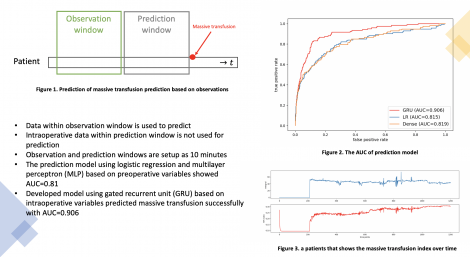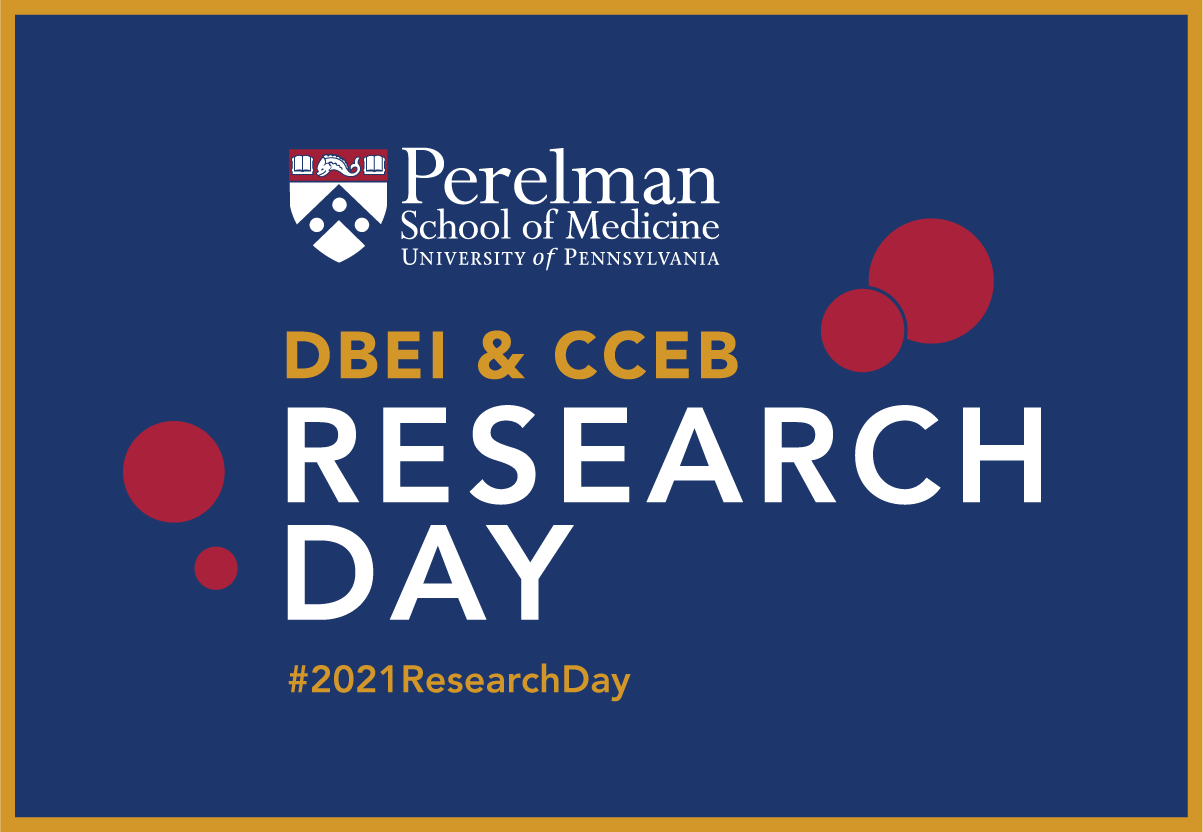Garam Lee
Real-time prediction of massive transfusion in the operating room using intraoperative hemodynamic monitoring data

Presenter

My name is Garam Lee, postdoctoral position. I am interested in developing machine learning and deep learning methods to solve problems in biomedical fields
Abstract
Background&Aims: Massive transfusion is a typical procedure to respond to uncontrolled massive hemorrhage during operation. As massive transfusion involves the preparation of a large amount of blood products and additional medical personnel for a team-based approach, early prediction of massive transfusion is essential for appropriate management. To this end, we applied deep learning methods for real-time prediction of massive transfusion using intra-operative hemodynamic monitoring data.
Methods: The study population consisted of patients who underwent surgery and was invasively via arterial lines in Seoul National University Hospital between 2016 and 2019. We divided the participants into training and validation sets (7:3 ratio) and constructed the prediction model using the training set with 5-fold cross-validation. The parameters extracted from arterial line monitors and intraoperative laboratory measurements of hematocrit were used for prediction 10 minutes prior to massive transfusion. We compared this technique with a baseline model that uses 24 preoperative variables including age, sex, and preoperative laboratory results with logistic regression and multilayer perceptron.
Results: Among 19,017 patients, 454 (2.3%) underwent massive transfusion during operation.. Our gated recurrent unit model with intraoperative parameters predicted massive transfusion successfully with an AUC of 0.906, much better than the baseline model of preoperative variables (AUC=0.81).
Conclusions: This study provides evidence that the deep learning approach can provide early prediction of the possibility of massive transfusion with high accuracy. The clinical usefulness of the developed model should be evaluated in further prospective studies.
Keywords
massive transfusion, real time prediction, GRU, deep learning, machine learningCommenting is now closed.
About Us
To understand health and disease today, we need new thinking and novel science —the kind we create when multiple disciplines work together from the ground up. That is why this department has put forward a bold vision in population-health science: a single academic home for biostatistics, epidemiology and informatics.
© 2023 Trustees of the University of Pennsylvania. All rights reserved.. | Disclaimer


Comments